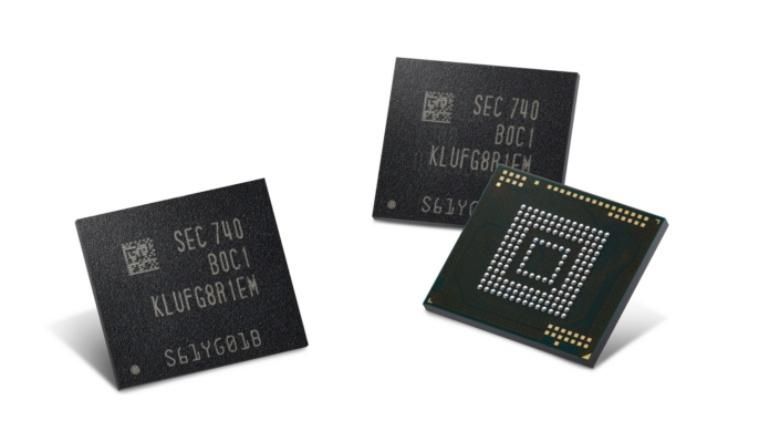To understand just how complex, far-reaching and technologically diverse today’s smartphone industry really is, you only have to look at Google and Samsung. While the former continues to optimize the world’s most popular mobile operating system for smooth sailing on devices packing 512MB RAM, the latter is setting the stage for next-gen flagships with 512 gigs of universal flash storage.
That’s 512 gigabytes of digital hoarding room, no microSD card needed, though you probably shouldn’t expect such a generous Galaxy S9 configuration to see daylight in a few months.
After all, the global leader in “advanced memory technology” enabled the theoretical use of a 256GB UFS chip on high-end phones back in early 2016, and this year’s S8+ still capped off at 128 gigs.
Meanwhile, a 256GB Galaxy Note 8 SKU is impossible to come by stateside through authorized retail channels, and even unofficially, you can only find a few units on Amazon at $999 with no valid US warranty.
You may also remember how the chaebol prepared for the next wave of heavy mobile multitaskers more than a year ago with the introduction of an industry-first 8GB LPDDR4 DRAM solution. Yet the Note 8 features 6GB of the good stuff, and the GS9 could go back to 4 gigs.
Bottom line, just because a new breakthrough has been achieved in theory, it doesn’t mean said pioneering technology will be released commercially anytime soon. But it could happen, and when it inevitably does, handsets built by Samsung and other “mobile manufacturers around the world” will be able to internally store as much as 120 4K Ultra HD videos of 10 minutes each.
That’s roughly ten times more than the hoarding capacity of a 64GB eUFS chip, and somehow, this groundbreaking 512GB package squeezes into the same physical space as a 256GB eUFS solution while doubling its density. That’s no small engineering feat, and the new embedded Universal Flash Storage product for upcoming hero phones and tablets also improves read and write performance at no energy consumption expense.

